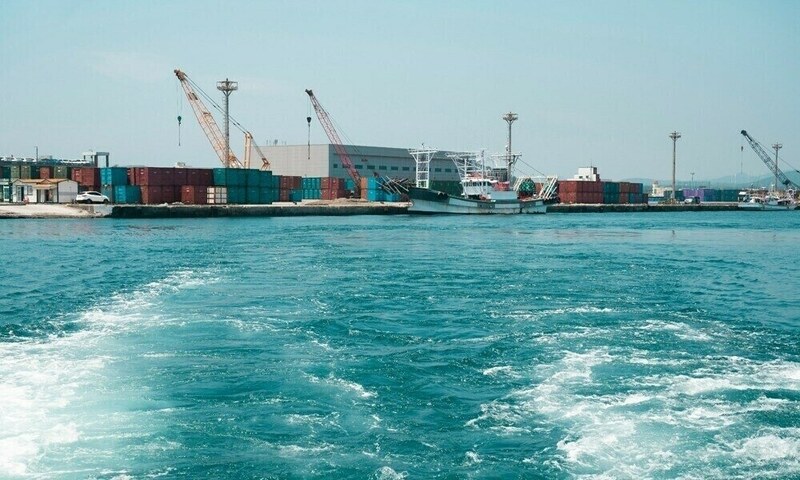Copyright brecorder

Global trade is changing at a speed few could have imagined. Supply chains are moving, alliances are shifting and more than a century-old playbook that has been used to govern world trade for decades is losing its relevance. For Pakistan, this is not just an ordinary policy issue. It is a moment that needs clear thinking and courage. The decisions taken now will decide if we keep standing aside or move ahead to build a stronger place in the global economy. Across Asia, there are examples of countries that stayed firm on their goals and kept working with consistency, and Vietnam is one of the best examples of how steady effort brings real progress. Through determination and steady progress, it has built one of the region’s most vibrant export-driven economies, recording a trade volume of USD 432 billion in the first half of 2025 with a surplus of USD 7.63 billion, achievements that reflect strategic planning and persistence rather than luck. It was built over decades through a gradual process of linking into global production networks and making firm, deliberate choices to invest in advanced manufacturing. Vietnam’s electronics exports alone reached USD 38.4 billion. These are examples of how consistent support for businesses can reshape an entire economy within a single generation. South Korea has once again shown how tough and flexible its economy is. Even with all the uncertainty around the world and extra pressure from US tariffs, exports still went up 12.7 percent in September compared with last year, reaching nearly 66 billion dollars. It’s the result of years of solid planning, hard work and constant innovation that have kept Korean industries ahead in global markets. Pakistan’s current economic state calls for a sincere and realistic look. The recent sense of stability, reflected in easing inflation and better fiscal numbers, has provided a foundation to move forward. Yet stability by itself cannot bring lasting growth. Behind the numbers, the same old problems keep holding the economy back, mainly the high cost of energy and the tough fight to stay competitive in manufacturing. A lot of producers are still stuck paying some of the region’s highest electricity and gas bills, making it hard for them to grow or even keep going. The Pakistan Textile Council called the exit of multinational firms a wake-up call, and it really was one that can’t be ignored. Still, there are signs of progress. The IT sector is doing better, with exports up 18 percent to 3.8 billion dollars. Traditional industries such as footwear are also showing signs of recovery with exports rising by 15.5 percent which may seem like a small gain but it reflects growing diversity and resilience that are essential for keeping export growth on track. The government’s Uraan Pakistan framework, which also emphasizes exports, digital transformation, and energy reform, has sensible priorities. This sense of direction is further amplified by plans such as the National Productivity Master Plan and trade pacts with GCC nations and Azerbaijan. But Pakistan’s perennial problem has not been a shortage of plans; it has been the failure to implement them. What the country needs is not another round of planning, but steady and resolute execution. Pakistan’s path forward depends on four clear priorities. The first is fixing the energy challenge. Industrial power costs remain far above those in Vietnam and Bangladesh, making it difficult to compete and slowing the growth of exports. The second is faster diversification. Textiles still account for more than half of Pakistan’s exports, leaving the economy exposed to changes in just one sector. To keep up with global demand, the country needs to build stronger ground in pharmaceuticals, engineering goods, information technology and agro-based manufacturing. Third, productivity needs serious attention. For years, Pakistan’s exports have made up a shrinking share of its GDP, putting the country near the bottom in the region. To change that, industries need fresh investment in modern machines, automation and worker training so they can compete on a better footing. Finally, the country also has to make fuller use of the advantages it already has but often overlooks. The United States buys nearly 18 percent of Pakistan’s exports, and lower average tariffs there provide a clear head start. With better understanding of the market and stronger branding, that share could rise significantly. Pakistan’s foundations remain strong. Its young, tech-oriented population, improving digital links, and strategic position fit well with the changing shape of global supply chains. Recent actions, such as reducing port charges and revising expensive energy contracts, show intent, but the pace of improvement must increase. The world economy is changing fast, and opportunities rarely wait. What’s needed now is a consistent effort, a clear direction and a long-term approach that looks past political changes. Progress will come not from slogans but from consistent action and results that secure Pakistan’s place in world trade. Copyright Business Recorder, 2025



